Summary
- Marge Simpson dies in The Simpsons season 36 finale, “Estranger Things”
- The episode is a flash-forward set decades in the future, showing Bart and Lisa as estranged adults
- Her death marks a shift towards more character-driven, high-stakes storytelling
- Follows Bart’s death in season 35 and Larry the Barfly’s in season 34
- Reflects a recent trend of The Simpsons embracing both temporary and permanent character deaths
- Critical reception for later seasons has improved due to bolder creative decisions
Season 36 finale surprises fans with Marge’s death
The Simpsons Marge death storyline in the season 36 finale, “Estranger Things”, marks a striking departure from the show's earlier approach to character safety. The episode, which takes place more than three decades into the future, reveals that Marge has died, making her one of the most prominent characters in the series to be written out, even if temporarily.
The storyline focused on the estranged adult lives of Bart and Lisa and used Marge’s passing as a turning point in their relationship. The emotional impact of the episode caught many long-time viewers off guard, given the show’s previous reluctance to risk major character changes.
A show known for its stability embraces unpredictability
For most of its 35+ years on air, The Simpsons maintained a relatively consistent status quo. Major characters rarely died, and if they did, the consequences were often minimal or undone for comedic effect. Earlier deaths included Maude Flanders, Bleeding Gums Murphy, and Edna Krabappel—often side characters or those whose voice actors left the show.
Marge’s death, even though presented in a future timeline, carried significant emotional weight and was used to enhance the narrative stakes. Combined with Bart’s comedic death in season 35’s “It’s a Blunderful Life” and Larry the Barfly’s more serious departure in season 34, the show is beginning to treat mortality with greater narrative purpose.
Early seasons avoided character deaths
During its first 25 seasons, The Simpsons killed off fewer than a dozen characters permanently. Even then, most were background or one-off roles. Characters like Fat Tony were quickly replaced with lookalikes in throwaway gags, while others like Homer’s Vegas wife or Grampa’s love interest had little impact.

In contrast, more recent seasons have embraced meaningful and sometimes shocking deaths. The Simpsons Marge death moment exemplifies this shift, presenting emotional consequences while breaking from the show's usual reset button.
Creative risks behind improved critical reception
Over the past few years—particularly since season 33—The Simpsons has experienced a quiet critical revival. Outlets like Vulture and YouTube creators such as SuperEyepatchWolf have highlighted how the show has improved thanks to its willingness to take creative risks and defy fan expectations.
- YouTube YouTube/ captainmidnight
Rather than recycling familiar plotlines, the show has embraced new approaches, including flash-forwards, unexpected character arcs, and themes of loss and legacy. While the canon remains flexible, the impact of episodes like “Estranger Things” resonates with long-time fans looking for more substance.
Flash-forward episodes allow narrative experimentation
The Simpsons has long featured flash-forward episodes to explore the adult lives of its main characters. Lisa’s university years, Maggie as a future rock star, or Bart’s troubled adulthood have all featured in past storylines. However, these episodes typically avoided any real consequence.
The Simpsons Marge death moment in season 36 subverts this trend by introducing lasting consequences that affect the emotional tone of the episode. It builds tension and drives character development in ways that previous future-set episodes often avoided.
Permanent character deaths now shaping stories
Alongside temporary future deaths, The Simpsons has started including permanent departures that impact the main timeline. Nick the Realtor’s death in season 36 triggered a full murder mystery plot, and Larry the Barfly’s death in season 34 caused Homer and his friends to re-evaluate their lives.
Though these were minor characters, the fact that the show acknowledged their deaths and used them to propel meaningful storylines reflects a growing interest in lasting consequences.
This shift stands in contrast to previous changes, such as quietly dropping Apu from the show without explanation. Rather than erasing characters silently, the show now seems willing to engage with its long history and evolving cast more directly.
Viewership decline prompts narrative experimentation
Despite the critical resurgence, The Simpsons continues to face declining viewership figures. With no plans in place for The Simpsons Movie 2, the main series has become the only vehicle for large-scale storytelling.
Embracing dramatic story arcs, such as the Simpsons Marge death, may be one way the show seeks to revitalise audience interest and explore more mature themes within its unique animated format.
A promising shift, even if not permanent
While Marge’s death may not be permanent, given the series’ long-standing use of alternate timelines, it still represents a significant creative choice. The impact on viewers and its contribution to character-driven storytelling demonstrate that The Simpsons is far from finished trying new ideas.
As the series heads into season 37, it appears that The Simpsons is more willing than ever to surprise fans, take risks, and evolve—something that bodes well for its future, even as it approaches its fourth decade on air.




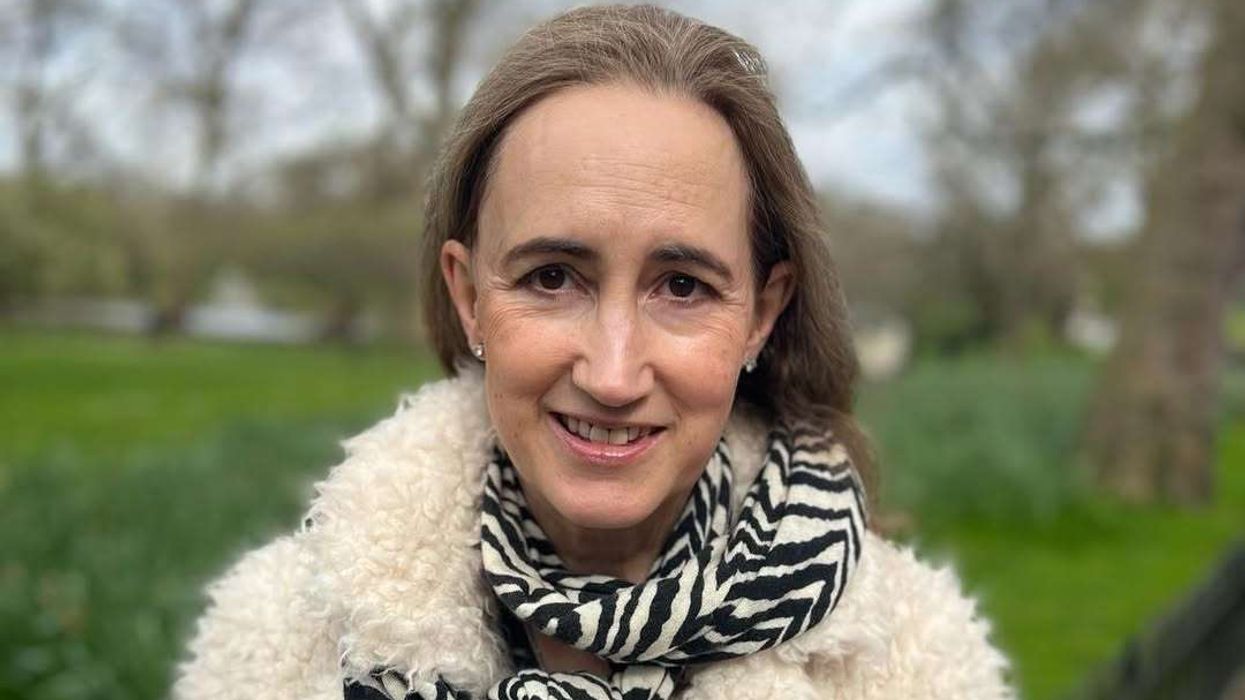
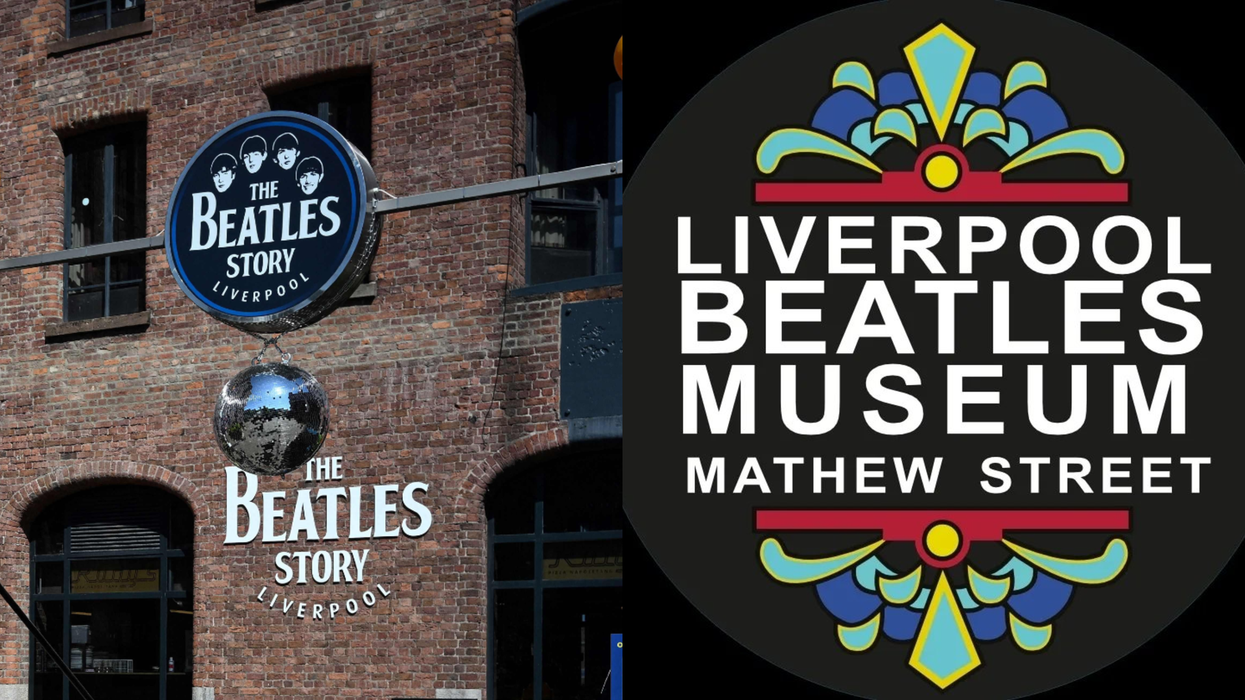
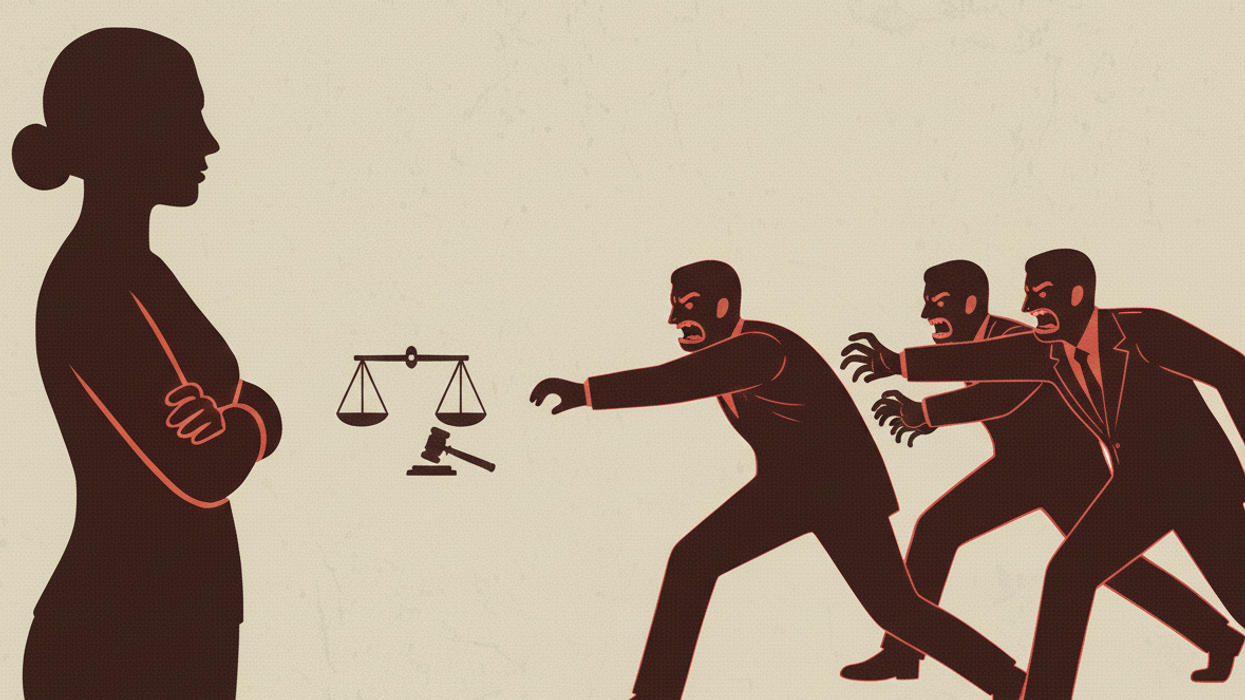
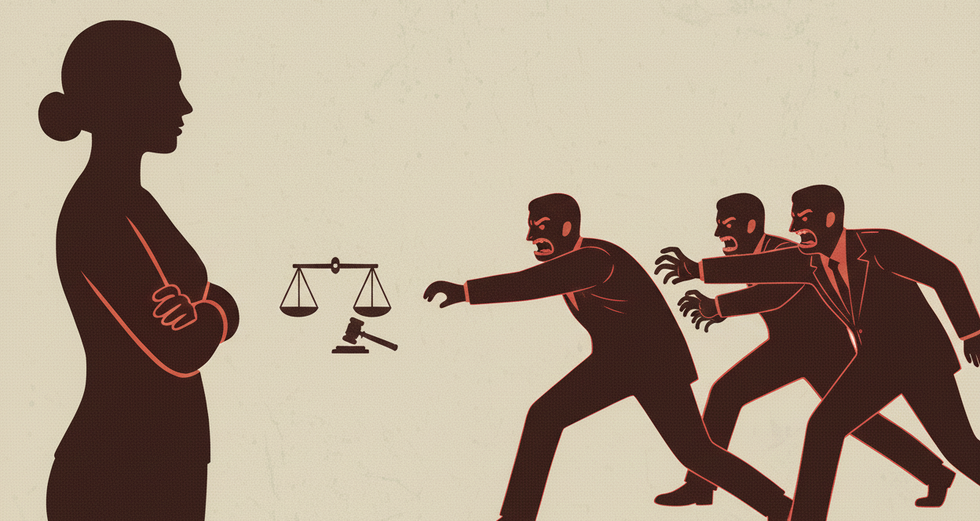 Inside the Kerala actress assault case and the reckoning it triggered in Malayalam cinema AI Generated
Inside the Kerala actress assault case and the reckoning it triggered in Malayalam cinema AI Generated 
 Actor-producer Dileep was arrested on 10 JulyYoutube Screengrab/Kerala Kaumudi
Actor-producer Dileep was arrested on 10 JulyYoutube Screengrab/Kerala Kaumudi Members of the Women in Cinema Collective (WCC) meeting with the Chief Minister of KeralaInstagram/
Members of the Women in Cinema Collective (WCC) meeting with the Chief Minister of KeralaInstagram/ Actor Dileep and whistleblower Balachandra Kumar, whose testimony and disclosures played a crucial role in advancing the investigation Youtube Screengrab/Kerala Kaumudi
Actor Dileep and whistleblower Balachandra Kumar, whose testimony and disclosures played a crucial role in advancing the investigation Youtube Screengrab/Kerala Kaumudi Dileep coming out of the court after the verdict Instagram/
Dileep coming out of the court after the verdict Instagram/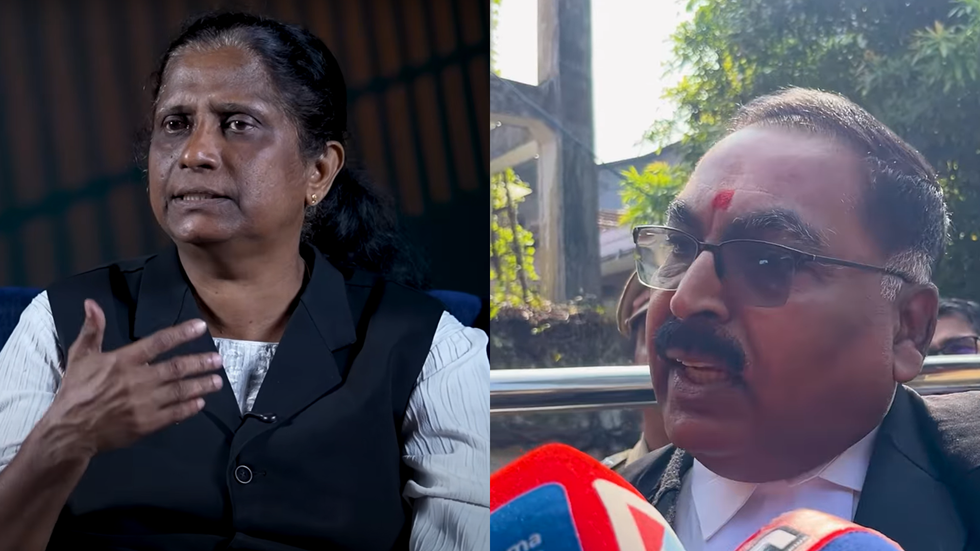 Advocates T. B. Mini and Aja Kumar, representing the survivor in the Kerala actress assault caseYoutube Screengrabs/ Oneindia Malayalam
Advocates T. B. Mini and Aja Kumar, representing the survivor in the Kerala actress assault caseYoutube Screengrabs/ Oneindia Malayalam Four of the six convicted accused in the Kerala actress assault case Youtube Screengrabs/ 24 News
Four of the six convicted accused in the Kerala actress assault case Youtube Screengrabs/ 24 News  Film personalities and activists gather at the Tagore Theatre to reject the court\u2019s decision and demand systemic change for women\u2019s safety Instagram Screengrab/onmanorama
Film personalities and activists gather at the Tagore Theatre to reject the court\u2019s decision and demand systemic change for women\u2019s safety Instagram Screengrab/onmanorama  How one survivor’s fight shook an entire industryAI Generated
How one survivor’s fight shook an entire industryAI Generated





